If you are like us, you have been loving the weather this week. If you haven't had a chance to take a fifteen minute break and enjoy the sun, then by all means do so now! It's looking like the weather may take a turn this weekend in Nasvhille, which got us thinking of how we can increase Vitamin D without the sun.
What is Vitamin D?
Vitamin D is a fat soluble vitamin that is naturally produced by the body in response to the skin getting sunlight. Vitamin D has several important functions. The most vital are:
- Regulating the absorption of calcium and phosphorus
- Facilitating normal immune system function
- Normal growth of bones and teeth
- Improved resistance against certain diseases
If your body doesn’t get enough vitamin D, you’re at risk of developing bone abnormalities such as osteomalacia (soft bones) or osteoporosis (fragile bones).
In addition to its primary benefits, research suggests that vitamin D may also play a role in:
- reducing your risk of multiple sclerosis, according to a 2006 study published in the Journal of the American Medical Association
- decreasing your chance of developing heart disease, according to 2008 findings published in Circulation
- helping to reduce your likelihood of developing the flu, according to 2010 research published in the American Journal of Clinical Nutritionw Do You Get It?
Your body produces vitamin D naturally through direct exposure to sunlight. A little can go a long way; just 10 minutes a day of mid-day sun exposure is plenty, especially if you’re fair-skinned.
Besides getting vitamin D through sunlight, you can also get it through certain foods and supplements. The National Institutes of Health (NIH) recommends that you obtain vitamin D from all three of these sources in order to ensure adequate levels of the vitamin in your blood.
Beware of “D-ficiency”
Many lifestyle and environmental factors can affect your ability to get sufficient amounts of this vitamin through the sun alone. These factors include:
- pollution
- use of sunscreen
- spending more time indoors
- working longer hours in offices
- living in big cities where buildings block sunlight
These factors contribute to vitamin D deficiency in an increasing number of people. That’s why it’s important to get some of your vitamin D from sources besides sunlight.
Food Sources of D
Although few foods contain vitamin D naturally, some foods are fortified with it, which means that the vitamin is added to the food. Foods that contain vitamin D include:
- salmon
- sardines
- egg yolk
- shrimp
- milk (fortified)
- cereal (fortified)
- yogurt (fortified)
- orange juice (fortified)
It can be hard to get enough vitamin D each day through sun exposure and food alone, so taking vitamin D supplements can help. (Our favorite Vit D supplement can be found here)
How Much Do You Need?
There has been some controversy over the amount of vitamin D needed for healthy functioning. Recent research indicates that we need more vitamin D than was once thought.
The Institute of Food and Agricultural Sciences (IFAS) reports new intake recommendations (based on international units—IUs—per day):
- children and teens: 600 IU
- adults up to age 70: 600 IU
- adults over age 70: 800 IU
- pregnant or breastfeeding women: 600 IU
Meet Your Needs for D
Some sources suggest that considerably higher daily amounts of vitamin D—as high as 2000 IU per day—are needed. The NIH emphasizes that people over age 50 generally need higher amounts of vitamin D than younger people do.
Join our mailing list by clicking the Subscribe via e-mail link at the bottom of the page for health advice, nutrition tips, and special offers!
Dr. Callie Gant and Dr. Michael Buczynski founded Art of Health Chiropractic with the goal of creating a happier, healthier Nashville. Feel free to call the office at 615-953-7544 with any questions or to schedule your first appointment.


